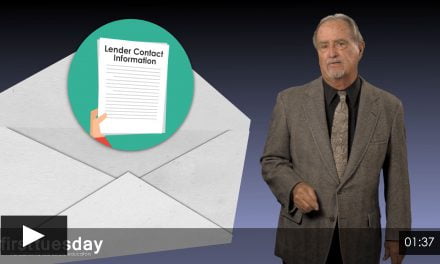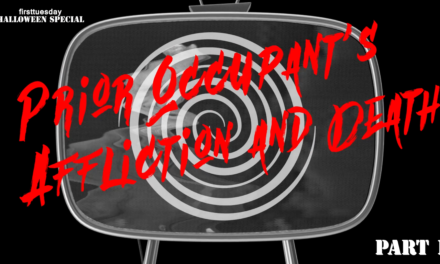For the prior video in this series covering the use of the Transfer Disclosure Statement (TDS) to disclose an environmental hazard, and the seller’s agent’s mandated visual inspection of a property, click here.
Asbestos as a known carcinogen
Asbestos is any of a diverse variety of fibrous mineral silicates which are commercially mined from natural deposits in the earth. In the 1940’s manufacturers began mixing asbestos fibers with substances commonly used to produce materials for the construction of residential and non-residential real estate improvements. [Health & S C §25925]
However, asbestos is a known carcinogen. As an occupant of a building continues to inhale asbestos fiber, they increase their risk of developing negative health conditions.
Construction materials which contain friable asbestos are those that can be crumbled, pulverized or reduced to powder by hand pressure when dry.
Construction materials which contain non-friable asbestos cannot be crushed by hand pressure.
On the removal of stucco or plaster, the asbestos may become friable since the material is disturbed and broken down for removal, creating particles which may become airborne and inhaled.
The seller of a property constructed with asbestos-containing building materials is under no obligation to investigate or have a survey conducted to determine the existence of asbestos on the property — whether friable or non-friable.
Further, the seller is not obligated to remove or clean up any adverse asbestos condition. However, the condition, if known, is to be disclosed. As a result, a prospective buyer may well condition the purchase of a property containing friable asbestos on its clean up and removal by the seller.
Nuisance: interference with use and enjoyment
Similar to the concept of an environmental hazard, a nuisance
- is offensive to the senses;
- is injurious to health; or
- obstructs the use of property. [Calif. Civil Code §3479]
Simply, a nuisance is any activity which interferes with an owner’s use and enjoyment of their property, including conditions which are unhealthy or offensive to the senses. A nuisance is broadly interpreted to encompass a wide variety of activities.
An activity becomes a nuisance based on either:
- a statutory provision identifying conduct that is a nuisance per se; or
- a balancing of the conflicting rights and interests of the neighboring property owners.
A nuisance per se is any activity specifically declared by statute to be a nuisance. If an activity is a statutory nuisance, it can be ordered stopped by a court without proof of its harmful or offensive effect.
The list of nuisances per se is wide and diverse, including:
- fences of excessive height unnecessarily exceeding ten feet, called spite fences [CC §841.4];
- the illegal sale of controlled substances [CC §3479];
- fire hazards [Calif. Public Resources Code §4171]; and
- swimming pools which do not comply with statutory health and safety standards. [Calif. Health and Safety Code §116060]
Conversely, some activities are declared by statute not to be nuisances.
Activities done or maintained under the express authority of a statute, called statutory authority, cannot be nuisances. For example, the activities of a commercial agricultural processing plant are maintained under statutory authority and cannot constitute a nuisance. [CC §§3482, 3482.6]














